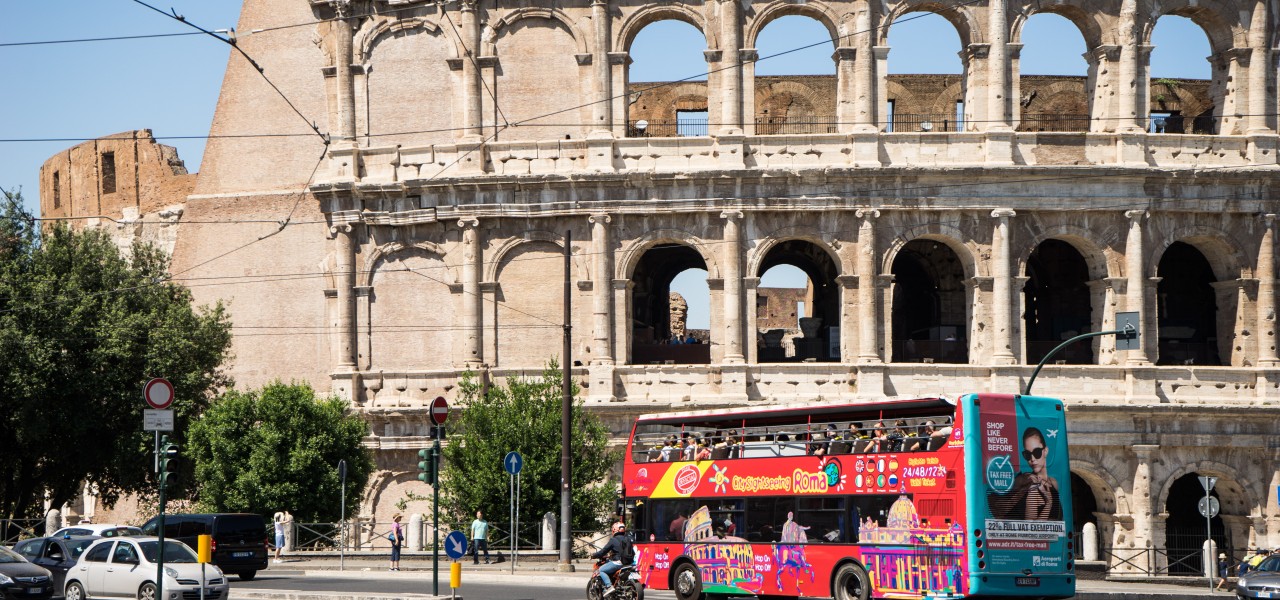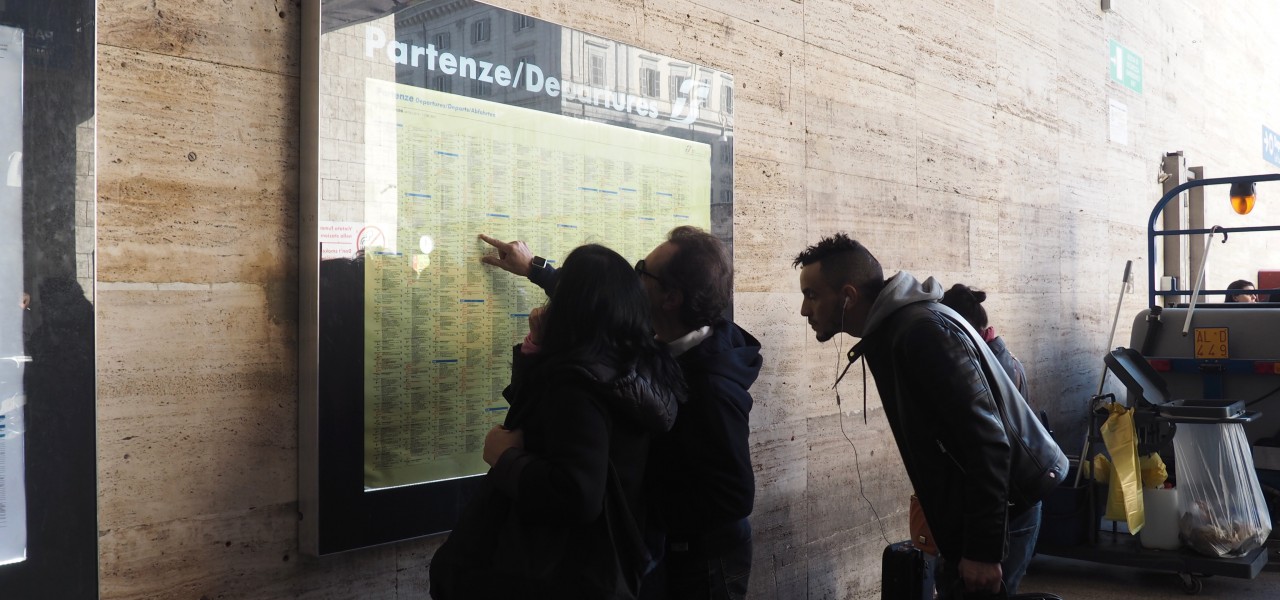The Via Appia Antica in Rome looks back on 2300 years of history. At the Via Appia Antica in Rome you will find several catacombs, which you can visit during your stay in Rome. Today, there is a spacious regional park around the old street. This well-known Roman antique street is like an open-air museum and is used by the Romans for long Sunday walks.
Via Appia Antica Rome: Tips and Information about the Via Appia Antica in Rome
Via Appia Antica in Rome: History of the Via Appia Antica in Rome
The Via Appia is one of the oldest consular streets in Rome and one of the most famous Roman sights. It is called the “Queen of the Streets” by the Romans. It’s because of its construction at a width of 4.10 meters, it became the model for all later streets in Rome. The first parts of Via Appia Antica in Rome were built in the 3rd century BC. The censor Appius Claudius Caecus had an already existing road to the Castelli Romani extended by almost 200 kilometers to Capua.
In a bit more than 120 years the street was first extended to Taranto and then to Brindisi from where ships were leaving to Greece, the Middle East and Egypt. Via Appia Antica used to be an important military and trade route. In 189 BC Via Appia Antica was paved with more resistant basalt. You can still admire some of the cobbles that have been marked by the wagon wheels.

In 71 BC, Via Appia became well-known for a very said reason since 6 000 followers of Spartacus were crucified on the route from Capua to Rome. During the following centuries Via Appia Antica became a much-used road which also served the necropolises of which today several catacombs are left in Rome. With the decline of the Roman Empire from the 4th century, the road was no longer maintained and the Goths destroyed the aqueducts during their siege in 537. The bodies of the martyrs were transferred from the catacombs to other sites and the Via Appia lost of importance, even as an arterial road.
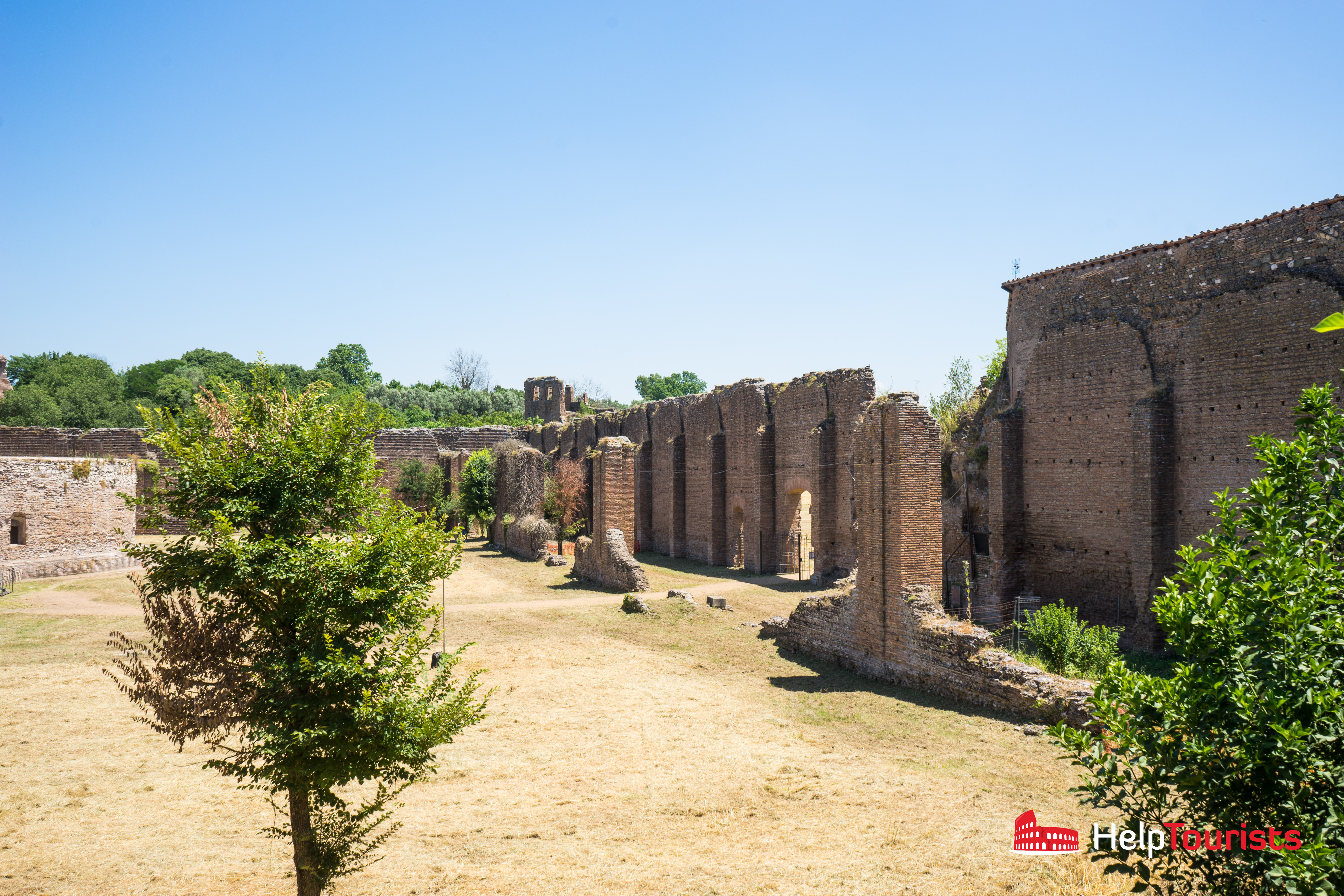
With the rise of the Christian church in the 6th century the condition of Via Appia Antica improved and small villages were founded along the road about 200 years later. From the year 1000, these villages disappeared again, since the church was mainly occupied with internal conflicts. Along the Roman Via Appia emerged defensive medieval villages and castles. Traces of towers and mills can be found, for example, in the Caffarella valley to the left of the Appia Antica. In the 14th century, the mausoleum of Cecilia Metella was expanded into a fortified tower. Inside the nymphaeum of the Villa dei Quintili an observation tower was erected. In Castrum Caetani near the mausoleum, a family set up a customs office.
Via Appia Nuova
In 1574 Pope Gregor XIII had the Basilica St. John and a new road built, today known as Via Appia Nuova. As a result Appia Antica lost its importance and was consequently only used for local traffic. With time, more and more parts of the old road to Brindisi were replaced by new roads. However, parts of the old road are still visible throughout the south of Italy.
In the 17th century Via Appia Antica became an attraction and a tourist destination. Many scripts and painting describe this period in history. The idea to create a national park first appeared under Napoleon. In the 19th century Pope Pius started construction works to rebuild Via Appia Antica for pedestrians who would be able to admire the monuments along the road. For this purpose walls were erected and trees planted.
Via Appia Antica Catacombs: Information about the Catacombs of Rome on Via Appia Antica
In Ancient Rome it was forbidden to bury the dead inside the city walls.Hence there are burial grounds all around the city wall of Rome. Since space was rare and very expensive, the dead were buried at different places. There are three publicly accessible catacomb units on Via Appia Antica in Rome, the Catacombs of San Callisto, the catacombs of Domitilla and the Catacombs of San Sebastiano.

The Catacombs of San Callisto and Domitilla are closed during lunch time. The Catacombs of San Sebastiano close on Sundays. And the Catacombs of Domitilla on Tuesdays and the Catacombs of San Callisto on Wednesdays. Do not forget about the dress code when visiting the catacombs, shoulders and knees have to be covered.
Via Appia Antica: Admission to the catacombs in Rome
The admission to all Catacombs of Rome is 8 euros including a guided tour and 5 euros for children from 6 to 15 years old. Admission is free for children under 6 years old. Visiting the catacombs is a great activity on hot summer days, since it is always quite cool inside the catacombs.
Via Appia Antica: How to get to Via Appia Antica
The Via Appia Antica starts at the city gate Porta San Sebastiano. Starting at the Circus Maximus and passing the Baths of Caracalla the way leads automatically to Via Appia Antica. However, there is a lot of traffic on the way to the basilica of San Sebastiano and it is therefore better to take the bus. This is not the case on Sundays, when cars are banned from the streets.

Via Appia Antica: How to get to Via Appia Antica by bus
Bus 118 comes from Piazza Venezia and goes through the park of Appia Antica to Villa dei Quintili, also on Sundays. yet, this bus is not a great choice if you want to visit the Catacombs of Domitilla. The bus line 218 starts at the Basilica of St. John (San Giovanni) in Rome, you can get off at the stop Fosse Ardeatine. The bus 218 continues to the sanctuary Divino Amore outside the ring road.
Opposite the bus station Fosse Ardeatine is the entrance to the Catacombs of San Callisto. To the right, along the Via delle Sette Chiese, the entry to the Catacombs of San Sebastiano. You can also walk through the Catacombs of San Callisto while it is open. When exiting the bus to the right you will reach the Catacombs of Domitilla. To get to these catacombs, from Piazza Venezia, take buses 30 or 160 to Piazza Navigatori, from Termini Station take line 714.
Via Appia Antica by foot: Walking tour along Via Appia Antica in Rome
As I have already mentioned before, Via Appia Antica is an open-air museum. The road is always open and you do not have to pay entry to visit Via Appia Antica. There is admission asked for to visit the national museums, the burial ground of Cecilia Metella and Villa dei Quintili. The ticket for both museums is 5 euros all in all and 2,50 euros for young people. On the first Sunday of the month admission is free for the burial ground of Cecilia Metella and Villa dei Quintili. In front of the tomb of Cecilia Metella is the Circus of Massentius. Entrance to this complex, which belongs to the museums of the Municipality of Rome, is free.
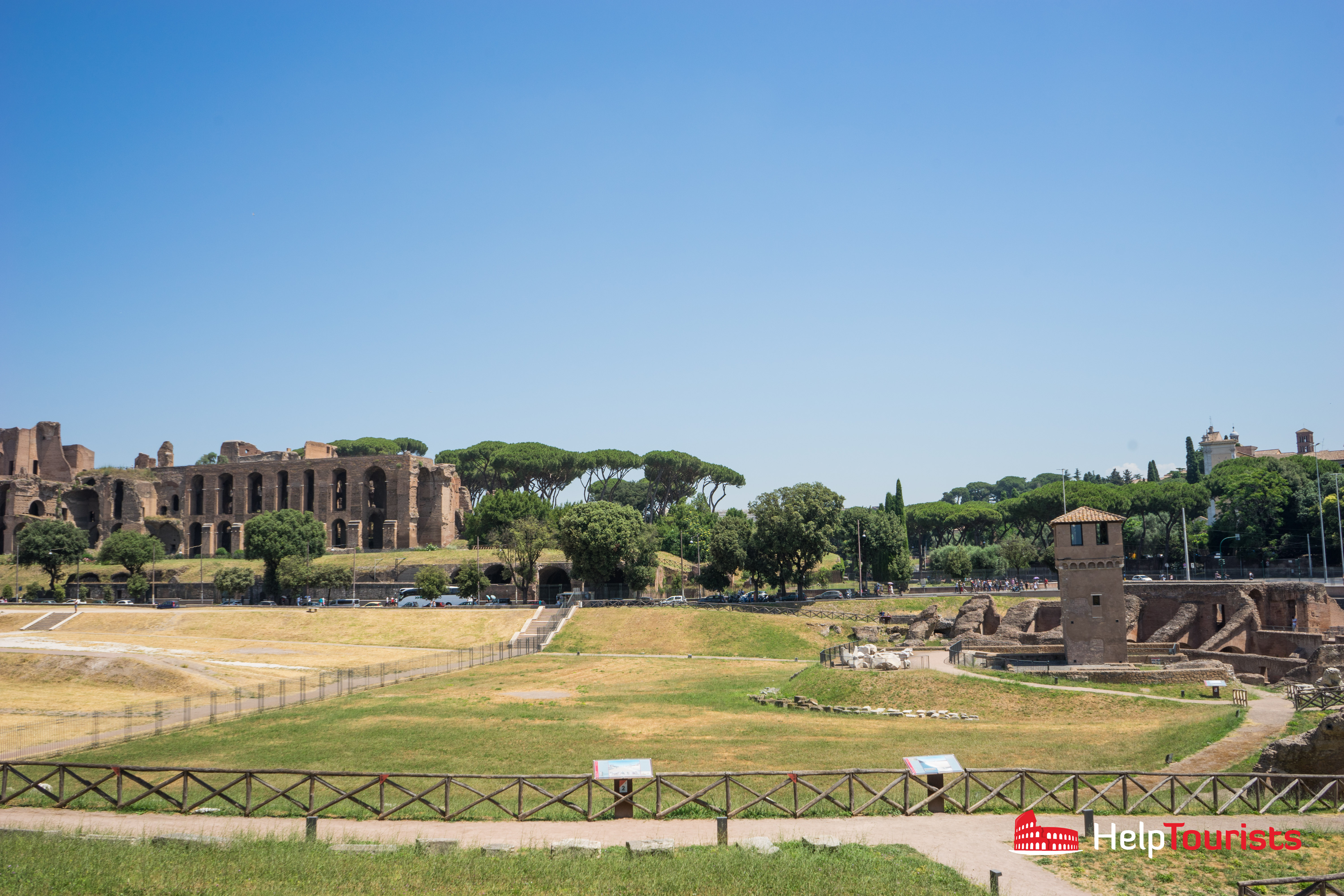
A good starting point for a walk along Via Appia Antica is the Basilica San Sebastiano and its catacombs. On the opposite side you can find a very nice restaurant, L’Archeologia. You can enjoy delicious meals here, favourites on the menu are fresh sea food, oysters, Tartar and meats. Often you can find lesser known local dishes here. A bit further you will see the Circus of Massentius and the tomb of Cecilia Metella.
There once again you can find a nice café, Il Giardino di Giulia e Fratelli. The Appia Antica of Rome ascends here. A little further up on the left is a small bar and on the right a quaint eatery, “Qui Nun Se More Mai”. Translated it means “here, you never die”. The kitchen is simple and there is an open grill. From here on the Appia Antica offers no more gastronomy, but you will find some places to fill up water bottles.
If you like, you can follow Via Appia Antica to the next town, Santa Maria delle Mole which is about 11 kilometers. From there you can take the train to go back to Rome. Part of Via Appia Antica has been restored to its original condition, with a driveway made of cobble stones and sidewalks. The substructure of the road has a depth of 1,50 meters. Along the road you will find ancient tombs, memorial stones and archaeological remains.
Via Appia Antica bike rental: Rent a bike on Via Appia Antica
The national park Via Appia Antica extends over 3 500 hectares. It starts at Porta di San Sebastiano and ends at the edge of Ciampino and Santa Maria delle Mole. the Park of Aqueducts is also part of the national park Via Appia Antica, located between the Via Appia Nuova and the Via Tuscolana. You can visit the ruins of the former aqueducts here, having once brought water to the city of Rome.
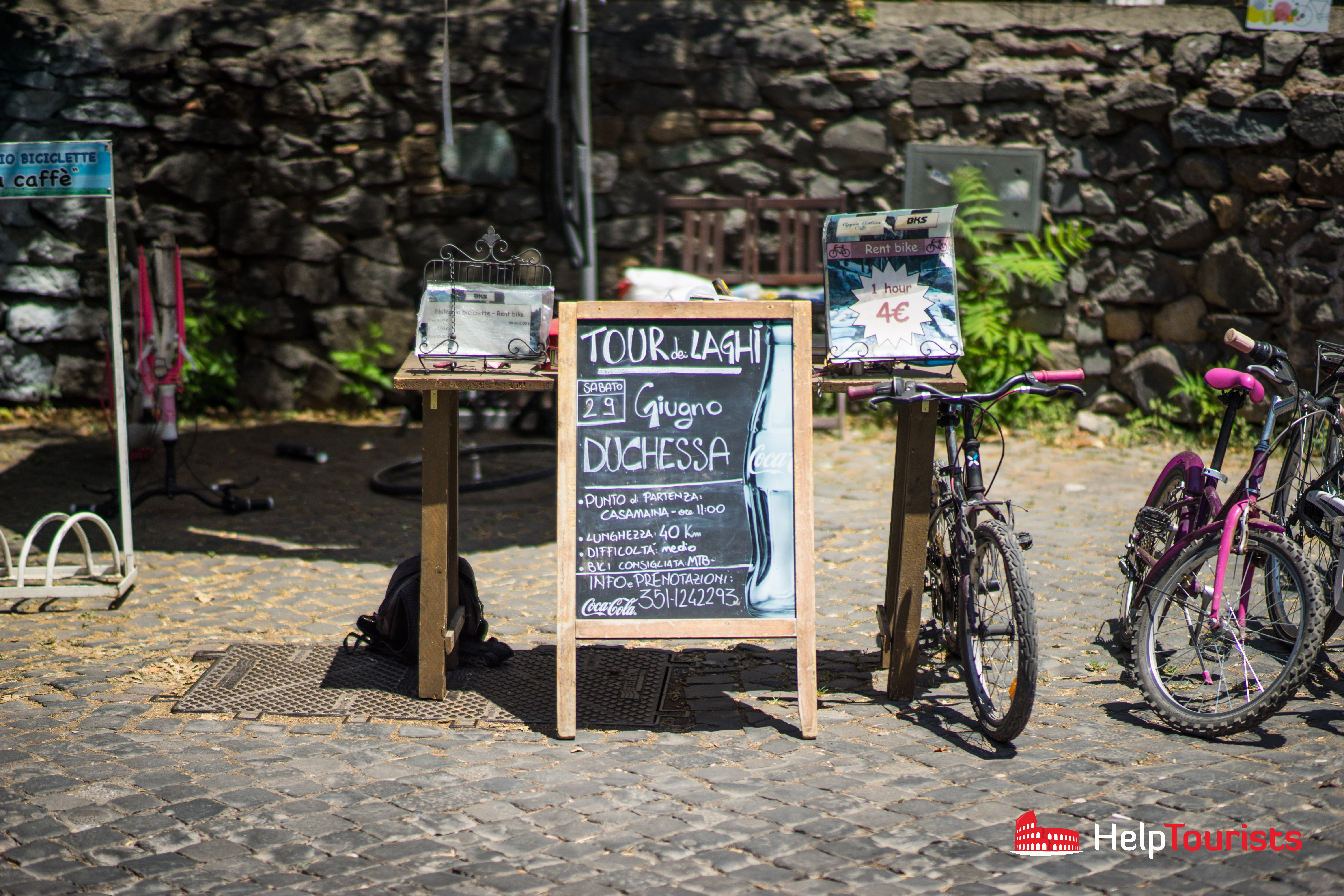
To visit the park in its entire extend, you will need a bike.
You can find a bike rental at the park office on Via Appia Antica. And the bus stop Domine Quo Vadis of the lines 118 and 218. A good alternative is a guided bike tour. The guides chose the paths that are easiest to bike on.
Social media
Become part of the HelpTourists community on Facebook! In our private group you can exchange ideas with other Rome lovers. Follow us on Instagram and Pinterest and get regular inspiration and insider tips for your next Rome trip!
Pin information about the Via Appia Antica on Pinterest
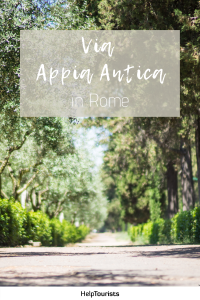
This article contains referral links. There are no additional costs for you, but thanks to these links we get a small commission. This enables us to continue to work diligently on the website and always have the latest information from Rome ready for you. Thank you for your support!








